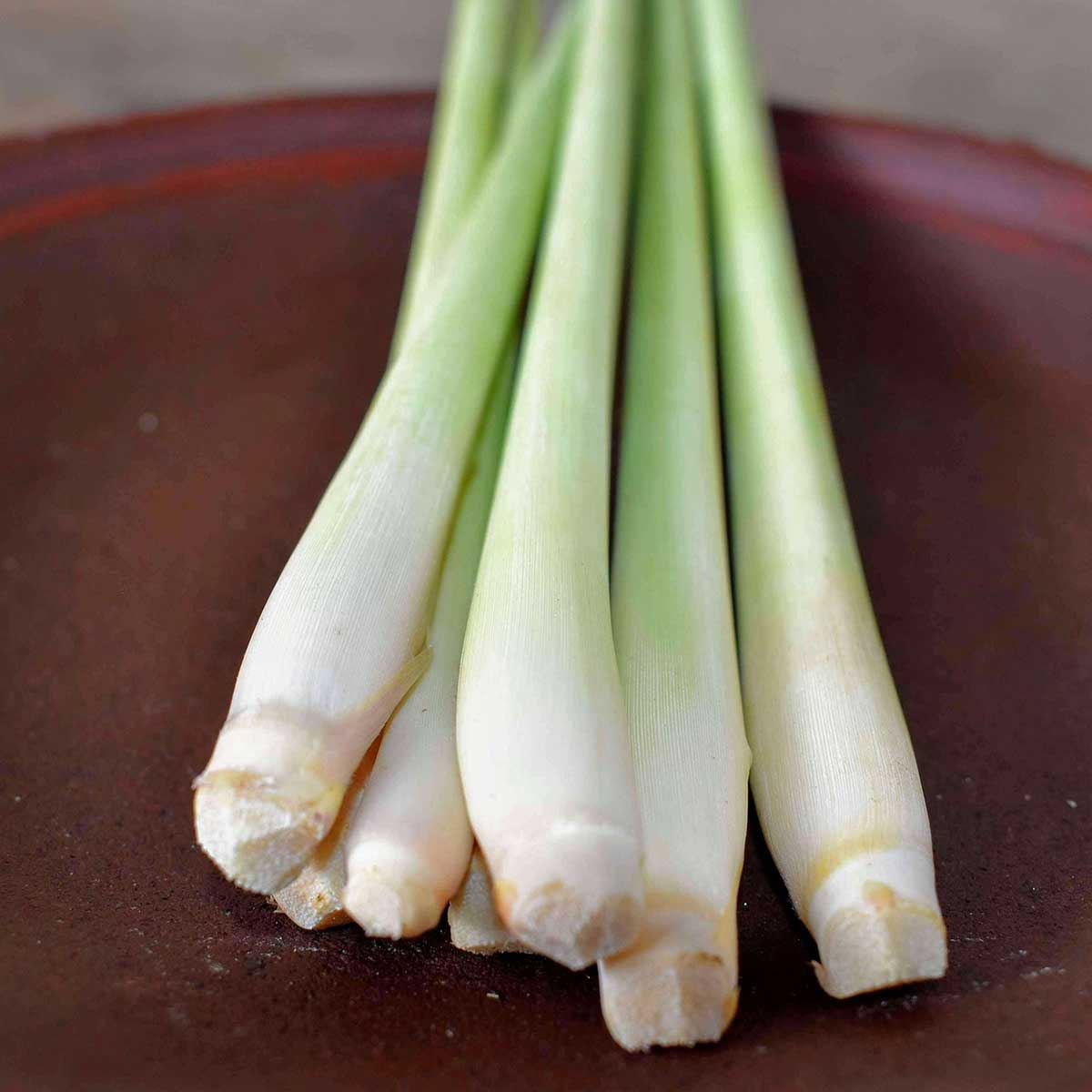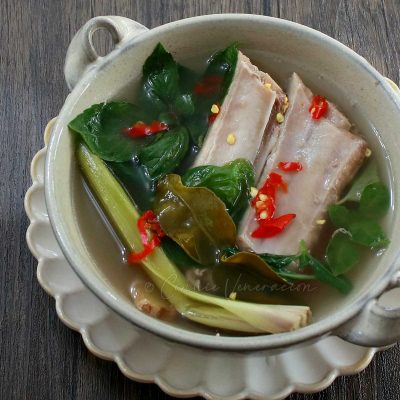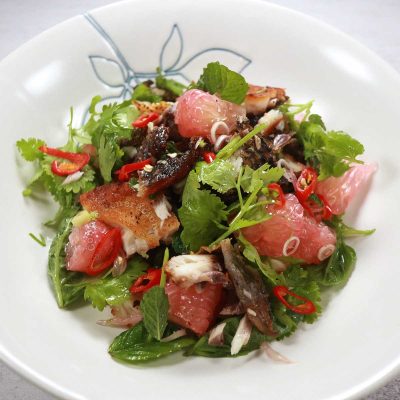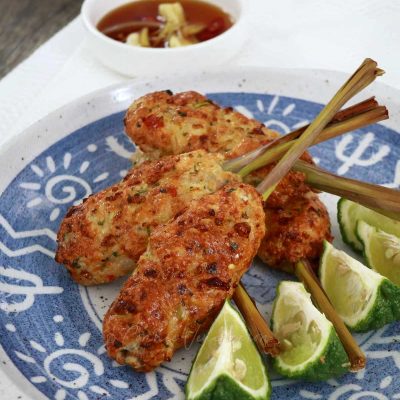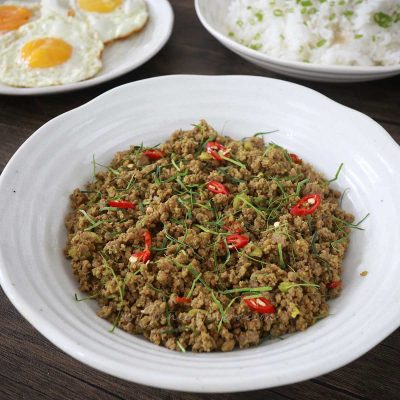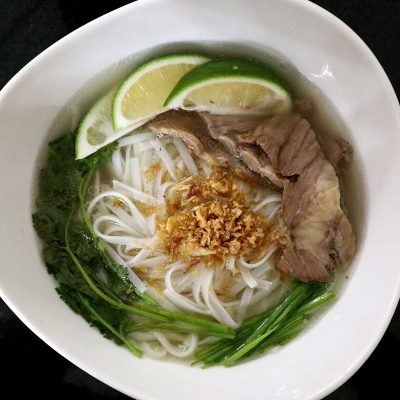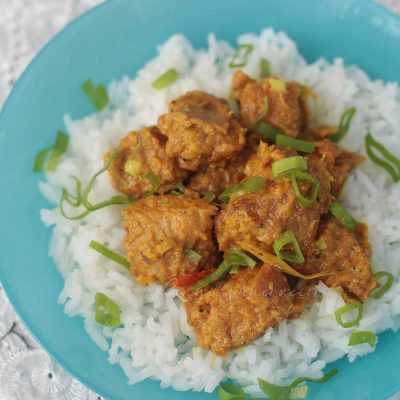Lemongrass has a citrusy aroma very similar to that of lemon and, hence, the name. The fragrant smell of lemongrass also makes it popular for making essential oils. Additionally, it has a long history in herbal medicine. But since this is a food blog, we’ll just focus on its use as food.
So, the name of this plant consists of two words and the “lemon” part has been covered.
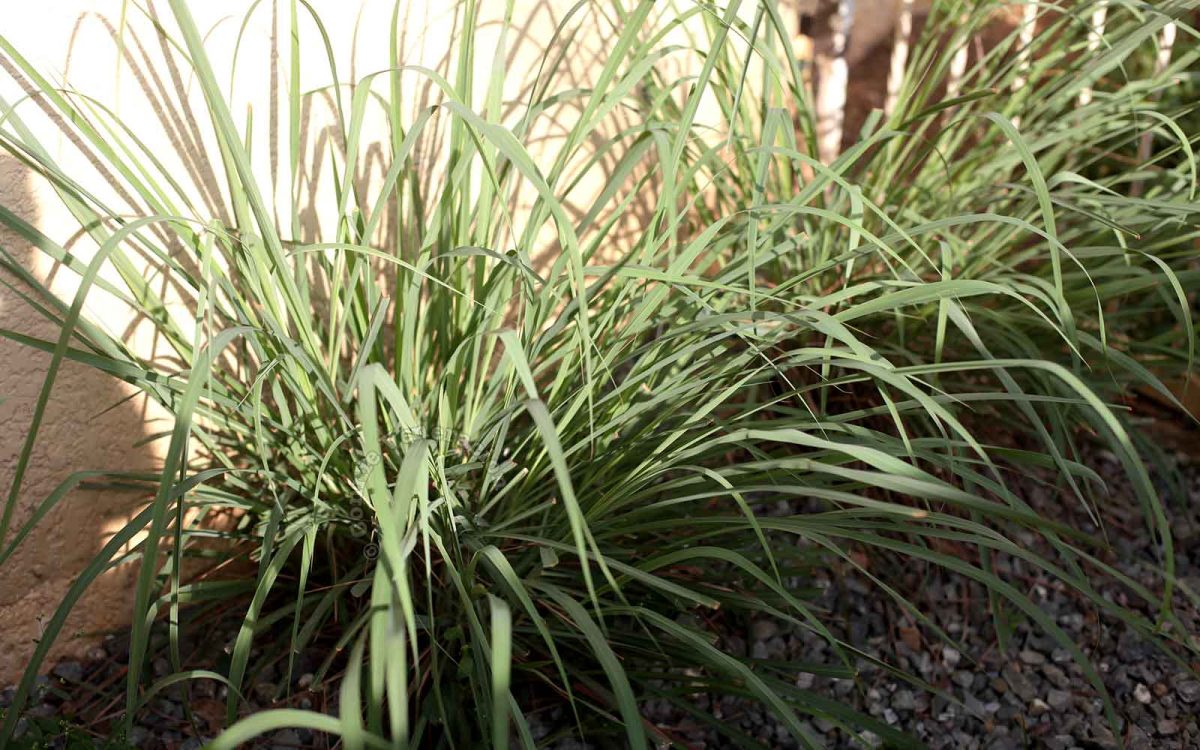
Why it is referred to as a “grass” should be sufficiently explained by the photo above. Lemongrass grows like a tall grass with long thin leaves called spathes. These spathes are covered with hairy spikelets which can cause skin irritation.
Which portion of the lemongrass is used as food?
Let’s make a distinction here about which portion of the lemongrass is edible and which is used in cooking.
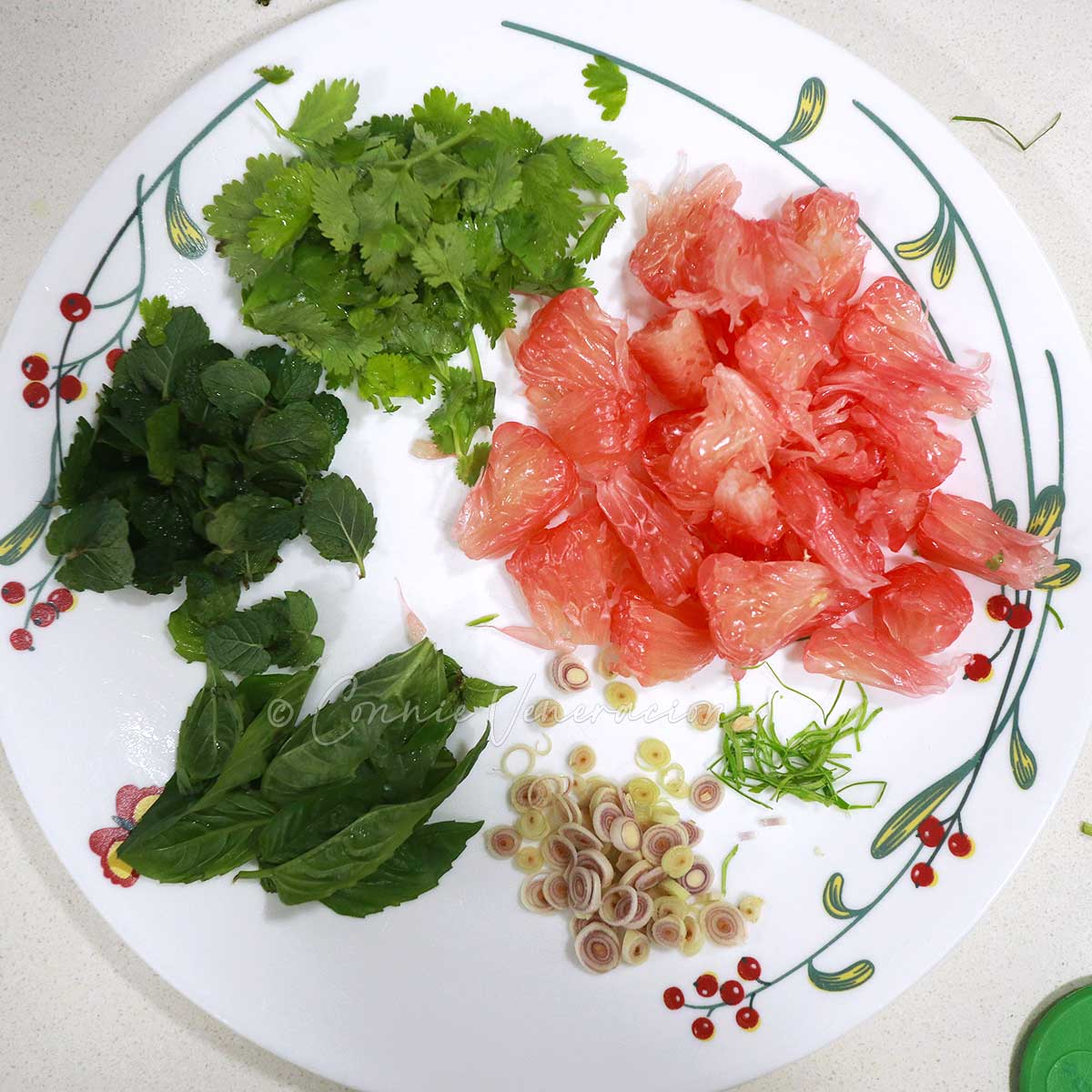
Only the lower portion of the lemongrass stalk is edible. The spathes are cut off and discarded leaving only the light colored portion of the stalk. The outer layers are peeled off to reveal the smoother interior which is then cut according to what a dish requires. The stalk can be thinly sliced and sauteed or it can be pounded into a paste as part of the spice base of a dish.
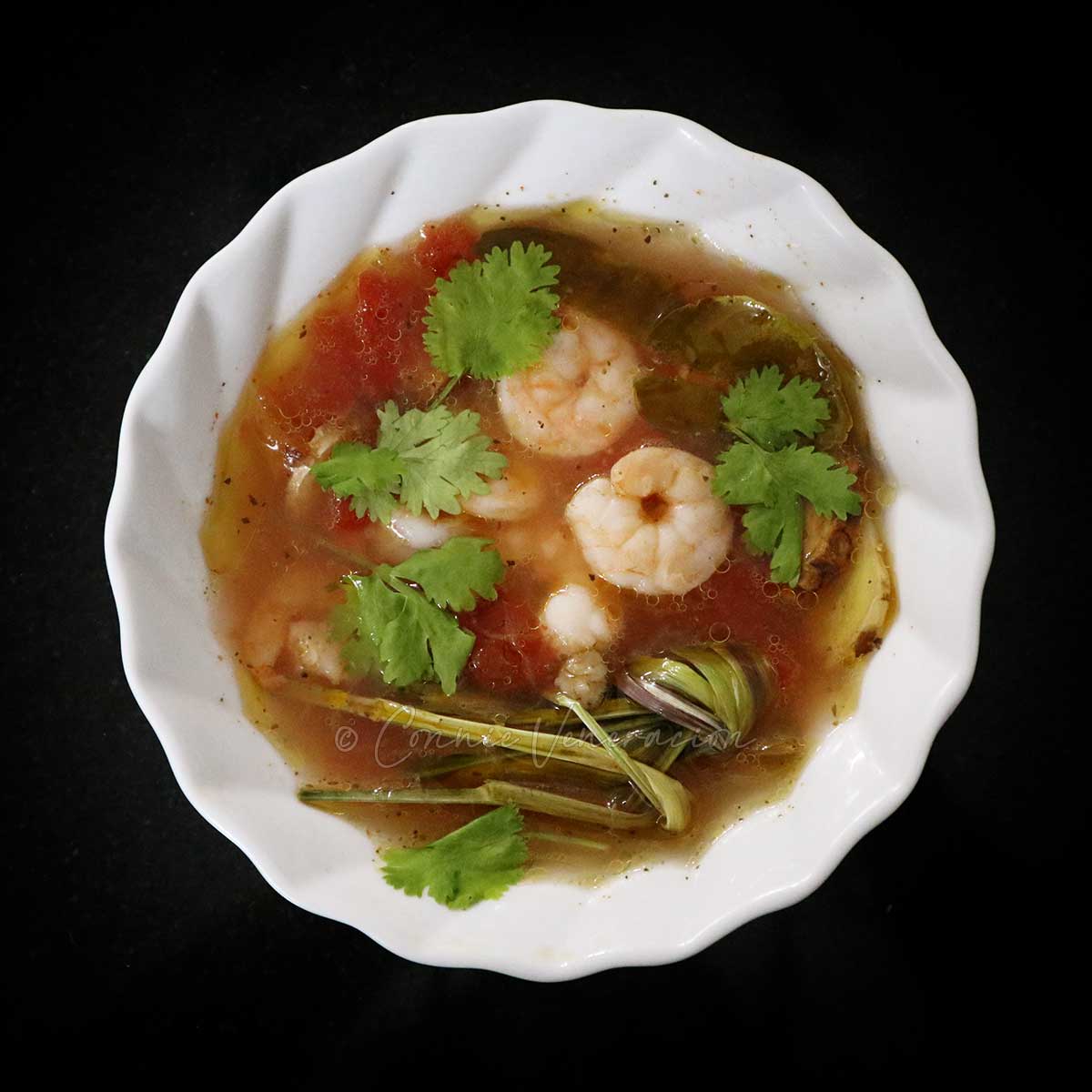
However, in a cooking class in Chiang Mai, we learned that although the spathes of the lemongrass are not edible, they can still be added to broths and stews. Like the lower portion of the stalks, the spathes also have a lot of flavor in them.
Take a stalk or two of lemongrass, tie into a knot and tuck in loose ends. Add to soups and stews. You may optionally discard it before serving the dish so no one accidentally attempts to try and chew them.
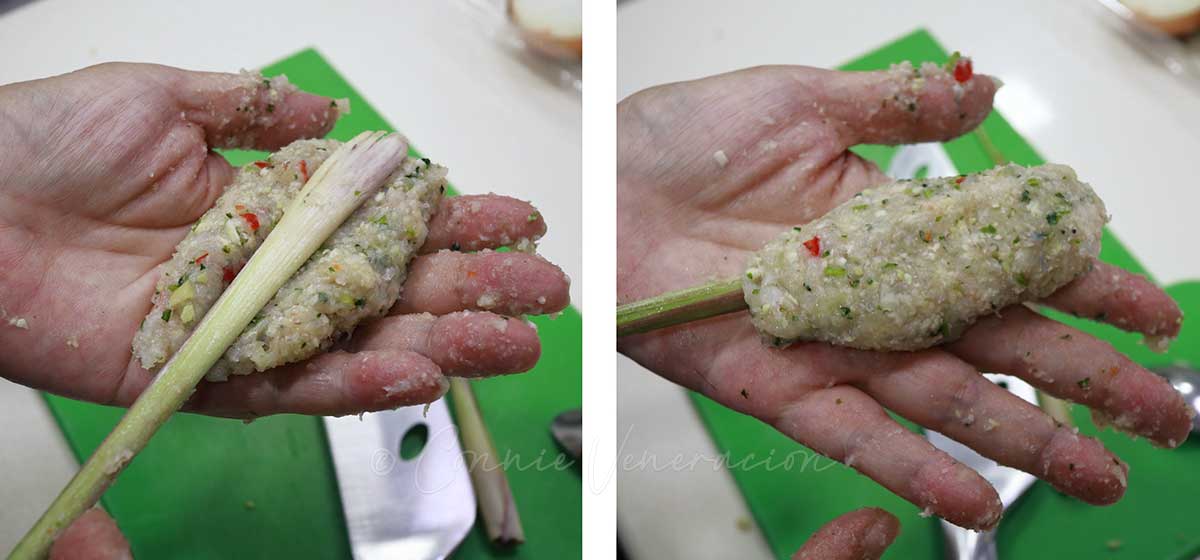
Another way to use lemongrass is to treat it as a skewer. Lightly pound the lower portion of the stalk then wrap minced meat or seafood around it. During cooking, the lemongrass releases its juices into the protein to impart a citrusy flavor and aroma.
Growing lemongrass at home
So, you see… Lemongrass has so many uses. And it is so easy to grow at home. We’ve been growing lemongrass for over a decade. If you want to try growing this lovely herb, here’s how.
If your store-bought lemongrass has no roots
Cut off the tops of the leaving only about six inches of the lower portion of the stalks. Soak the trimmed stalks in a jar of water so that the lower half is submerged. Keep the jar where it gets plenty of sunlight and wait for a few days for roots to grow.
If the lemongrass you bought has roots
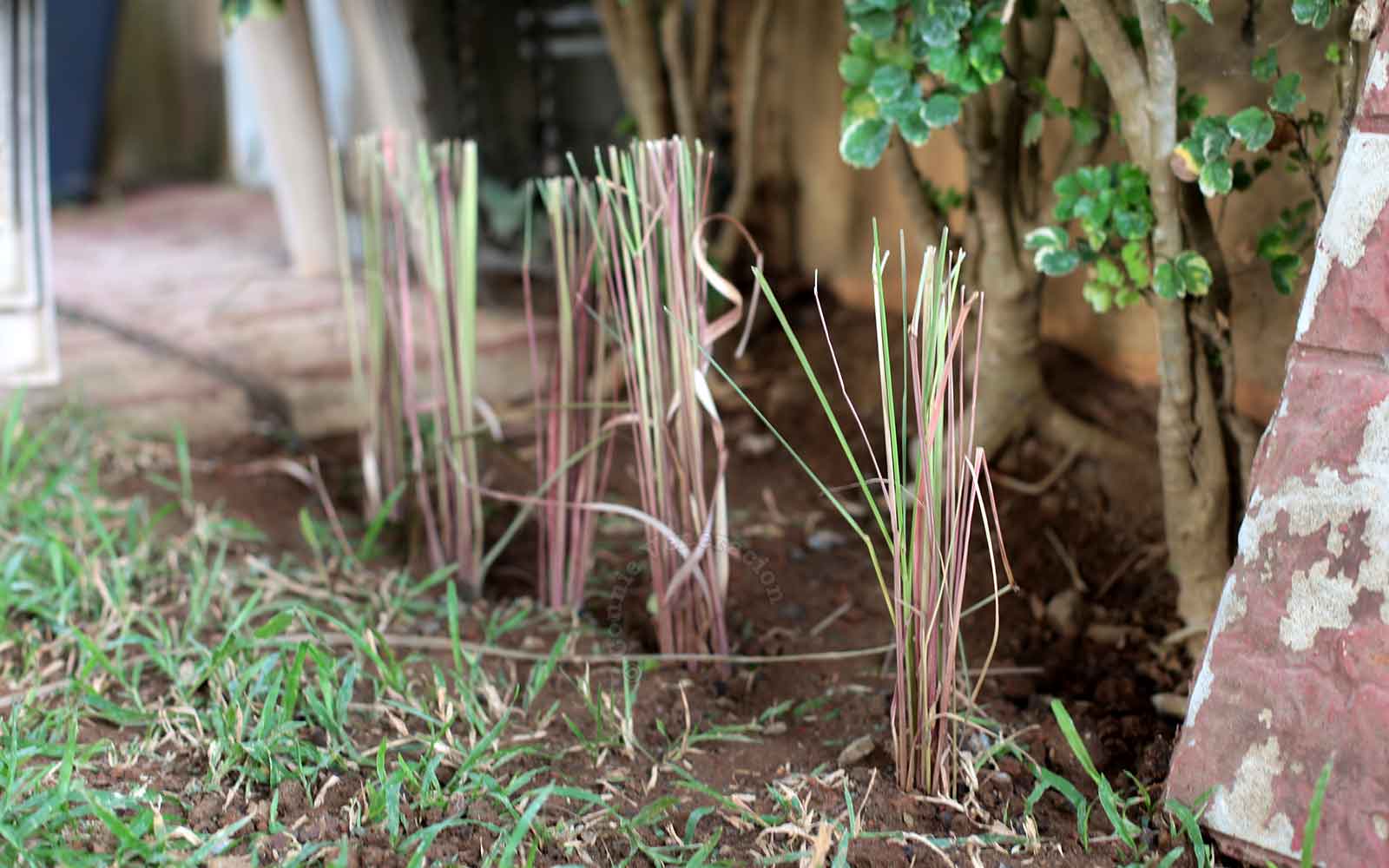
Simply cut off the top portion of the stalks and plant directly on soil.
Re-planting lemongrass
Plant directly on well-draining soil in a part of the garden that gets plenty of sunshine. Water once a day.
If you’re have several stalks, plant them at least six inches apart. Lemongrass is a grass. The replanted lemongrass will grow the way grass grows. Horizontally and vertically. The dark green portion of the stalks will regrow and new stalks will sprout around the original plant.
Cooking with lemongrass
Below are links to recipes that include lemongrass among the ingredients.

